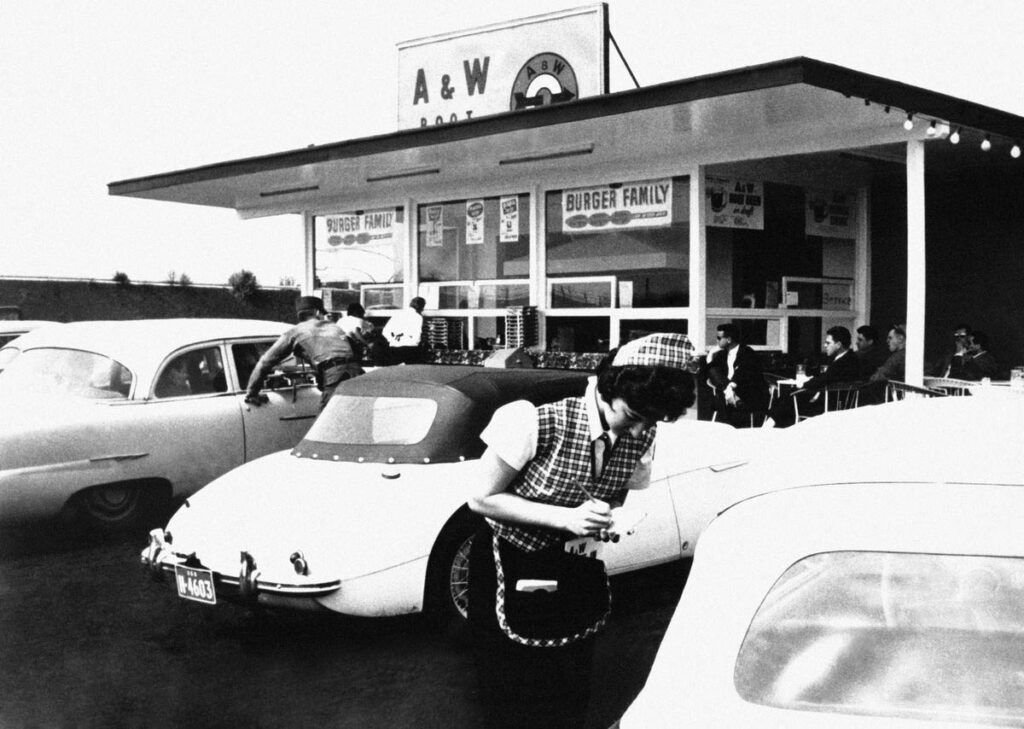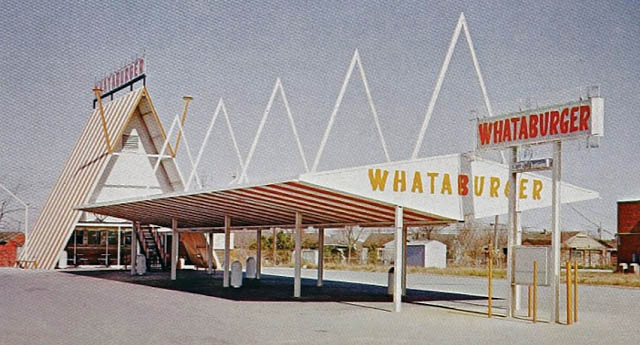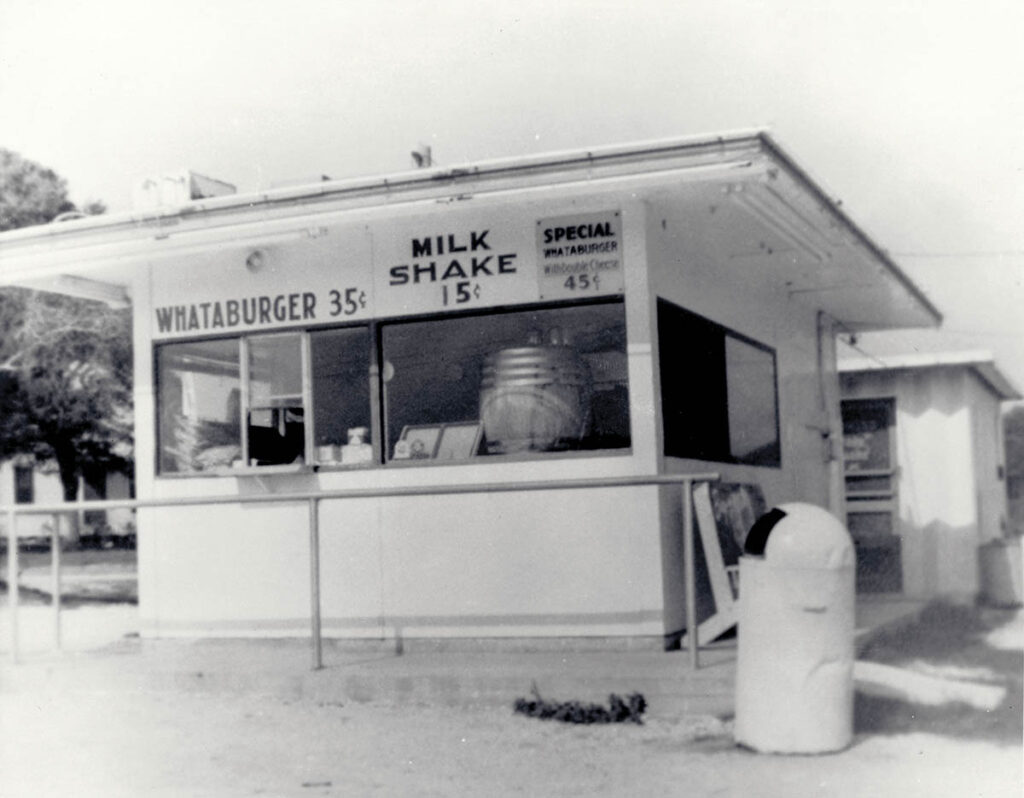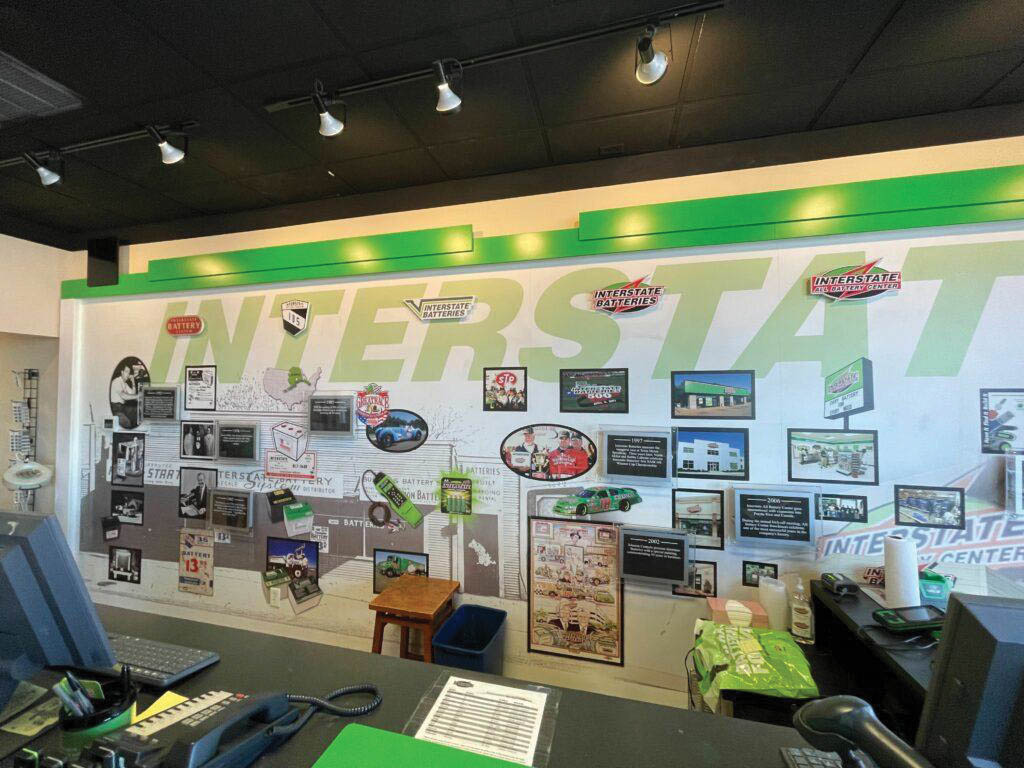— By Jon Jaggers —
How to leverage brand heritage in the restaurant industry and beyond.
Have you ever found yourself drawn to a restaurant not just because of the food, but because of its unique history and story? Maybe it’s a local diner that’s been around for decades, or a chain that’s been passed down from generation to generation. Whatever it may be, brand heritage is a powerful tool in the food and beverage industry. In this post, we’ll dive into why brand heritage matters, and how it can help restaurants stand out in today’s crowded marketplace.
A&W

Brand heritage is all about telling a story. One of the ways that A&W has leveraged its brand heritage is by embracing its history. The chain’s roots go back over 100 years, and A&W has capitalized on this by emphasizing its status as a classic American brand. For example, A&W has created limited-time offers that harken back to its early days, such as featuring classic menu items like the Papa Burger or promoting its root beer float. This nostalgia factor is a big part of A&W’s brand heritage, and it resonates with customers who appreciate the chain’s history and tradition. The chain’s root beer is a key part of its identity, and A&W has made it a priority to maintain the quality and consistency of this iconic beverage.
Carl’s Jr.
Carl’s Jr. is a prime example of a restaurant chain that has effectively leveraged its heritage to stand out in the crowded fast-food industry. With roots dating back to the 1950s, Carl’s Jr. has a rich history that includes pioneering the use of charbroiled burgers and creating memorable advertising campaigns. The brand has embraced its heritage in a variety of ways, from featuring historical Carl’s Jr. photos in its restaurants and on its website to offering menu items that harken back to its early days. By tapping into customers’ nostalgia and offering a sense of authenticity, Carl’s Jr. has created a loyal following that spans generations. It’s a testament to the power of brand heritage and the importance of preserving a brand’s unique story.
Whataburger


Furthermore, brand heritage can help restaurants differentiate themselves in a crowded marketplace. Take Whataburger, for instance. This iconic Texas fast-food chain has been serving up burgers and fries since 1950. By leveraging its history and unique story, Whataburger has cultivated a fiercely loyal fanbase that spans generations. In a world where new restaurants seem to pop up every day, brand heritage is a valuable tool for standing out and attracting customers. One of the ways that Whataburger has leveraged its brand heritage is by staying true to its roots. Despite growing into a large chain with hundreds of locations across the southern United States, Whataburger has remained committed to the quality and freshness of its food. It still uses 100% pure beef and fresh produce in all of its burgers and sandwiches, and it has maintained its tradition of cooking everything to order. This commitment to quality and freshness is a key part of Whataburger’s brand heritage, and it is something that customers have come to expect from the chain.
In Media
The power of brand heritage goes beyond just the food and beverage industry. Remember the iconic intro to the show “Cheers?” It utilized vintage photography and illustrations to evoke a sense of belonging and community. “You wanna be where everybody knows your name” is a reminder of the importance of human connection and the power of community.
In Retail

Beyond restaurants, retail can also leverage brand heritage. In addition to their excellent customer service, Interstate Batteries is a company that has fully embraced the power of brand heritage in its retail stores. In each store, customers are greeted with a unique and impressive “history wall” that showcases the company’s rich history and legacy. The wall displays photos, artifacts and memorabilia from the company’s founding in 1952, providing customers with a sense of nostalgia and connection to the brand. This is a brilliant example of how brand heritage can be used to create an emotional connection with customers, and turn a run-of-the-mill shopping trip into a memorable experience. By embracing its history and showcasing it in a visually appealing way, Interstate Batteries has created a powerful brand identity that sets it apart from its competitors.
Conclusion
In conclusion, brand heritage is a crucial element of success in the food and beverage industry, but can be utilized by any company with a rich history. By telling their stories, restaurants can create a sense of nostalgia, differentiation, authenticity, and attract new customers. Whether you’re a customer or a restaurant owner, taking the time to appreciate and cultivate brand heritage is a worthwhile investment that can pay dividends for years to come.
So, what actionable advice can we take away from this? As customers, we should take the time to appreciate the history and stories behind our favorite restaurants. By supporting brands with a strong sense of heritage, we can help preserve their legacy and ensure their continued success. And for restaurant owners, it’s worth investing time and effort into showcasing your brand’s history and unique story. Whether it’s through vintage decor, menu items with a long history, or even sharing your brand’s story on social media, embracing your heritage can set you apart from the competition and attract a wider audience.
— Jon Jaggers is a senior marketing project lead with Orlando, Florida-based Federal Heath. Visit www.federalheath.com.

